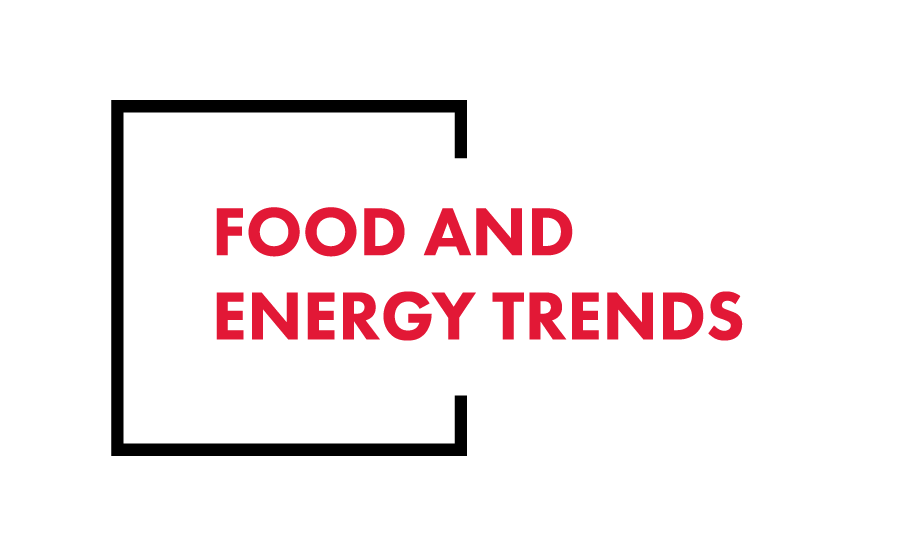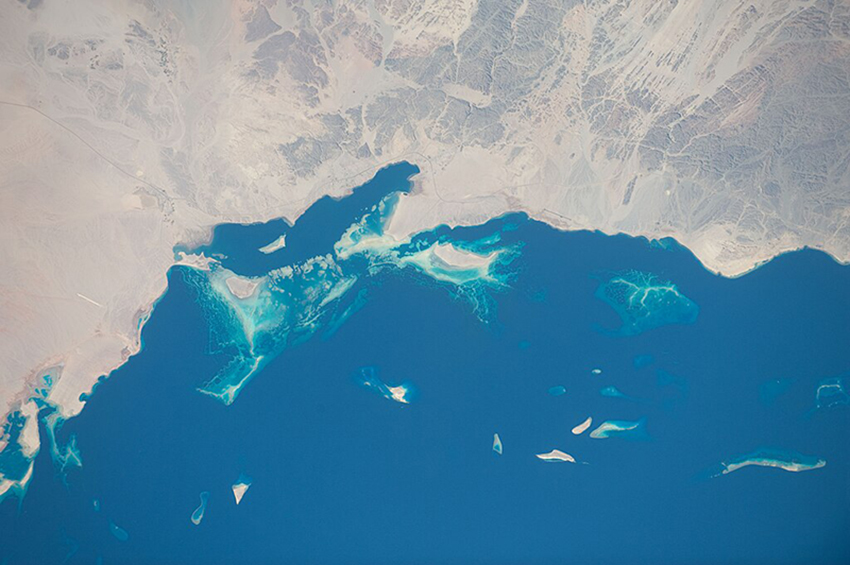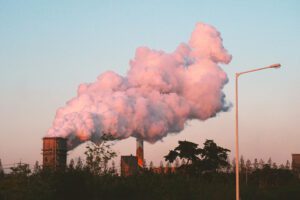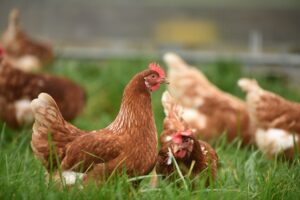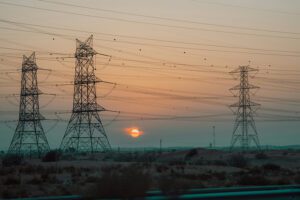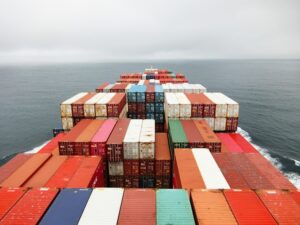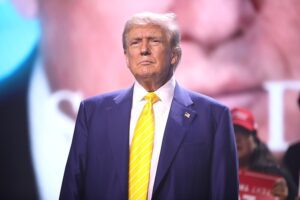Saudi Arabia is using its oil wealth to begin weaning the country off of oil, seeking to diversify its sources of energy and income with big investments in renewables.
In one of the latest developments toward this investment, Saudi-based Hassana Investment Company and U.S.-based EIG in November announced a memorandum of understanding to partner in several unique energy transition projects. EIG has a $1 billion fund to complete these projects, in which Hassana will be an anchor investor at $250 million.
This investment in renewables is expected to help achieve the main economic goal of Saudi Arabia’s Vision 2030 plan—to reduce reliance on fossil fuels by developing other sectors.
Between now and 2030, Saudi Arabia is planning to invest up to $206 billion in clean energy, according to a Goldman Sachs analysis of Vision 2030 investment. That exceeds all investments in six major investment areas identified by Goldman Sachs with the exception of upstream oil and natural gas, which is projected to receive $245 billion.
It is a clear commitment to renewable energy.
“Saudi Arabia has established a goal to source at least 50% of its power from renewable energy by 2030, expanding its capacity to 130 gigawatts (GW), 58.7 GW of which is expected to come from solar and 40 GW from wind,” says a report from the Center on Global Energy Policy at Columbia University.
The transition to renewables will also help achieve the Saudi “green agenda” of cutting CO2 emissions by 278 million tons annually—as compared to 2019 emissions—by 2030, according to the Saudi Public Investment Fund (PIF), the sovereign wealth fund tasked with achieving Vision 2030.
The race against peak oil
The energy transition is a logical approach by Saudi Arabia given the country’s own prediction that the world’s peak demand for oil will happen in the next 20 years. Most predict peak oil sales will come much sooner, with some saying we’ll reach it in five years and others saying it has already happened, Food & Energy Trends reports.
Regardless of the exact date of peak oil, Saudi Arabia recognizes it needs to diversify now, or watch its revenues and GDP decline in the future. Along with clean energy investments, Saudi Arabia is projected to invest $170 billion in mining, $147 billion in digital technologies, and $150 billion in transportation logistics, Goldman Sachs says.
Saudi investment also includes several “giga projects,” involving property and housing development, and most of these feature a renewable component. This includes the most ambitious of these projects, Neom, a whole new city being built on the coast, with a cost estimate as high as $1.5 trillion. The 26,500 square-kilometers development “will be powered by 100% renewable energy,” according to PIF.

